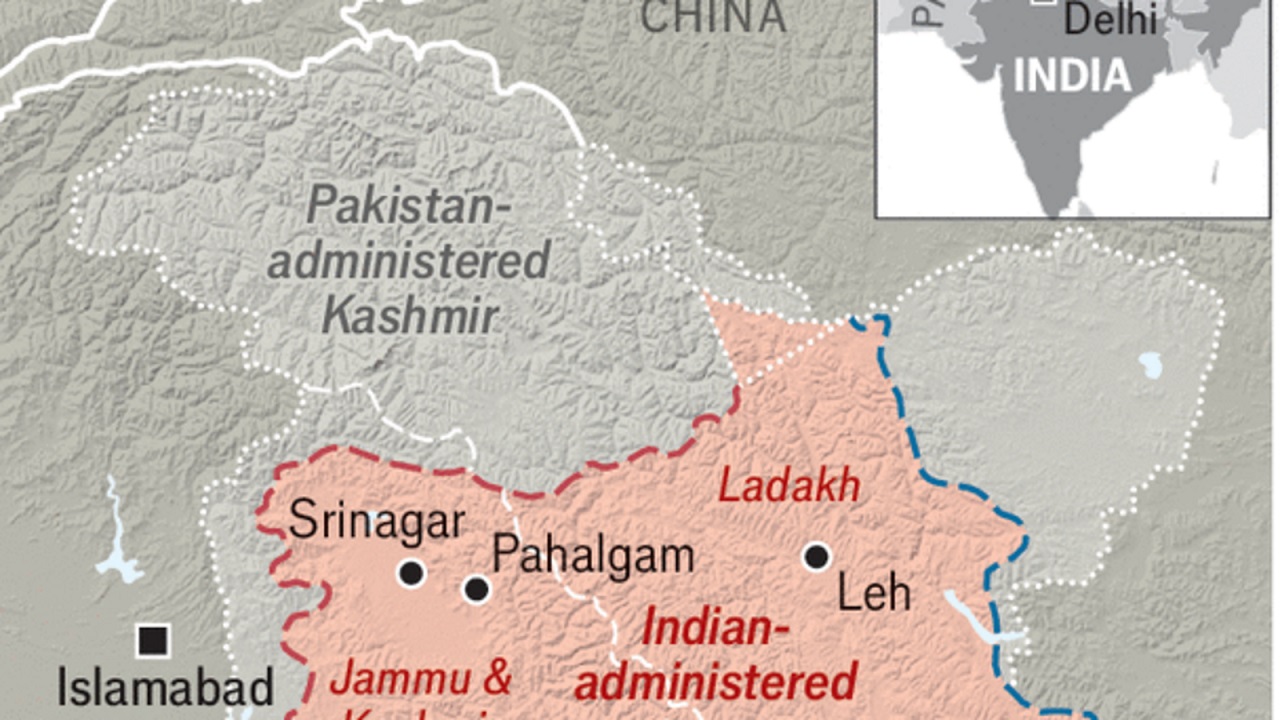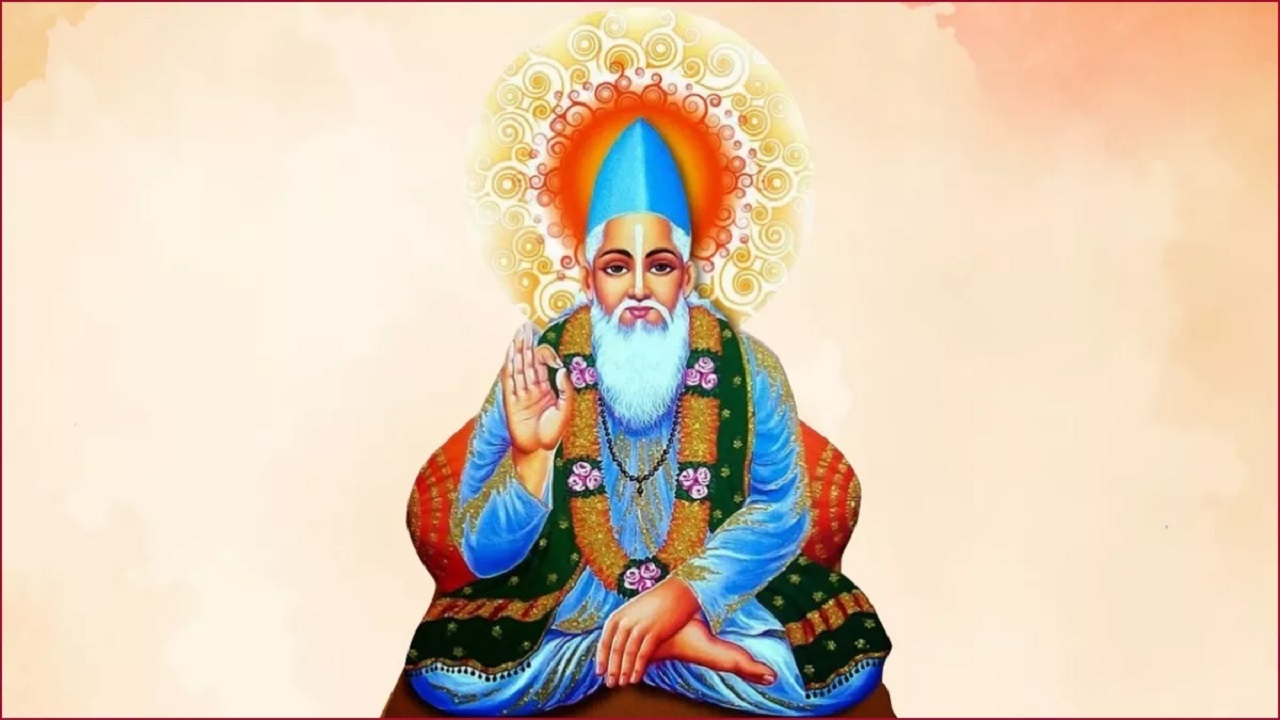From Grief to Strategy: India’s Multi-Dimensional Response to Terror
Context
The recent terror attack in Pahalgam, Jammu and Kashmir, has brought the issue of internal security and terrorism back into national focus. With over 26 civilians killed, the incident marks one of the deadliest civilian-targeted terror strikes in recent years. What sets this event apart is the spontaneous shutdown (bandh) call by Kashmiris themselves — a first in 35 years — symbolizing a significant shift in public sentiment against terrorism. This incident is not only a security challenge but also a test of India’s democratic resilience, national unity, and strategic maturity.
Domestic Response: A Unified Stand Against Terrorism
-
Public Reaction
-
Widespread grief and outrage were witnessed across the nation.
-
Citizens held candlelight vigils, silent marches, and used social media to express solidarity.
-
-
Political Unity
-
An all-party meeting was convened by the central government.
-
Opposition parties backed the government’s anti-terror policies, reflecting rare political consensus.
-
-
Civil Society's Role
-
NGOs, student unions, and peace organizations issued appeals for calm and communal harmony.
-
-
Communal Concerns
-
Isolated incidents of harassment against Kashmiri students and traders were reported.
-
Authorities and community leaders strongly condemned such incidents to prevent communal polarization.
-
Diplomatic and Strategic Measures
-
Indus Waters Treaty (IWT) Suspension
-
India hinted at reviewing or suspending the IWT, signaling use of geostrategic leverage.
-
Aimed at pressuring Pakistan diplomatically without immediate escalation.
-
-
Border Closures
-
The Wagah-Attari border crossing was closed, disrupting trade and people-to-people contact.
-
-
Diplomatic Downgrade
-
India withdrew senior diplomatic staff from Islamabad, a standard measure of diplomatic protest.
-
-
Visa Restrictions
-
New restrictions introduced to prevent infiltration and send a political message.
-
-
Pakistan’s Countermove
-
Islamabad responded by suspending the 1972 Shimla Agreement, increasing diplomatic strain and signaling desperation.
-
Security and Intelligence Dimensions
-
Lapses in Intelligence
-
Despite prior alerts, the attack was successful, exposing gaps in local intelligence and surveillance networks.
-
-
Operational Challenges
-
Capturing the perpetrators is crucial to prevent follow-up attacks and disrupt terror modules.
-
-
Need for Institutional Reforms
-
Emphasis on better coordination between military, intelligence, and local law enforcement.
-
Greater investment needed in community-based intelligence and modern technologies.
-
Social Media and Hate Speech Concerns
-
Unregulated Digital Platforms
-
Post-attack, social media saw a rise in hate speech, misinformation, and jingoism.
-
Risks include communal tensions and public polarization.
-
-
Political Demands
-
Leaders demanded regulation of hate content while protecting freedom of speech.
-
-
National Security Risk
-
Divisive narratives could play into the hands of terrorists, aiming to destabilize internal cohesion.
-
Acts of Bravery and Local Resistance
-
Adil Hussain Shah’s Heroism
-
A Kashmiri pony operator, Shah sacrificed his life trying to protect tourists.
-
His story illustrates that Kashmiris are both victims and heroes in the battle against terror.
-
-
Counter-Narrative
-
His act must be highlighted to challenge the binary of "Kashmir vs India".
-
Such stories serve as powerful symbols of national integration.
-
The Way Forward
-
Strategic Patience
-
India must pursue long-term diplomatic isolation of Pakistan through UN, G20, BRICS, and other platforms.
-
-
Promoting National Unity
-
Political and religious leaders must proactively prevent communal flare-ups and promote inclusive nationalism.
-
-
Enhancing Intelligence Infrastructure
-
Strengthen local intelligence through community engagement, AI, and surveillance systems.
-
-
Regulating Social Media
-
Develop a balanced regulatory framework to tackle misinformation and hate speech.
-
-
Protection of Kashmiris Across India
-
Ensure safety and dignity of Kashmiri students, professionals, and migrants through legal and social safeguards.
-
-
Global Mobilization
-
Continue building international consensus on Pakistan’s support for terrorism and use economic/political pressure tools.
-
Conclusion
The Pahalgam terror attack is more than a tragic event — it is a strategic, emotional, and moral challenge for the Indian state. The response must be measured, firm, and inclusive. India must show the world that its unity cannot be broken, its democracy cannot be shaken, and its spirit cannot be terrorized.
The true strength of a nation lies not only in its military might, but in its capacity for justice, unity, and resilience in the face of adversity.


.jpg)

Comments (0)